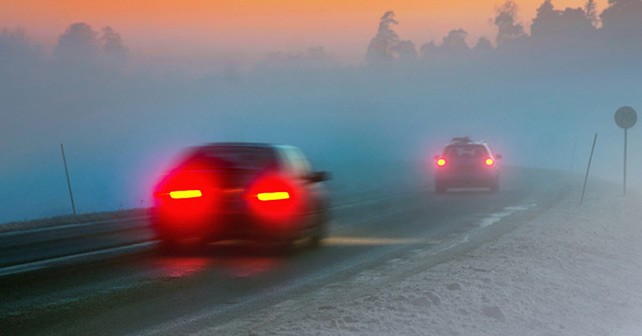
Winter can be quite challenging, therefore your car requires the most care. Here’s our advice for safe and troublefree driving through the cold months ahead.
There is a nip in the air and as the chilly wind gives us goosebumps and brings a smile on our face, our anticipation for the winter season finally comes to an end. This also reminds us it is time to winterise our vehicles. A quick check of the car and it is ready to combat the winter. For everyone going on long drives during this time of year, it will also be helpful to carry an emergency kit. The following driving tips explain what all should be checked in the car and what an emergency kit should consist of.
Engine coolant
The main function of the coolant is to keep the car’s engine from overheating, but it also protects it against corrosion. Before you refill it, have the coolant system flushed out and ensure the mechanic checks the system for leaks. It is important to keep the coolant between the minimum and maximum markers. The level should be checked weekly although as the system is sealed there is a tendency to forget to do it. However, it is better to identify any change before it becomes a more serious problem and the car overheats. In case of doubt, check the user’s manual.
Wiper blades and fluid
Inspect the windshield wiper blades and cleaning fluid. One can’t be too careful when it comes to visibility as it could lead to or avoid a serious accident. Ensure that the wipers don’t leave smudge marks on the windshield. The blades should not be brittle or cracked. Wipe each wiper blade down with a clean cloth to remove built up oil and dust. It is always better to change the existing blades to ones that are made for the harsh winter weather. Also check and fill your wiper fluid compartment.
Battery
The battery needs to be checked regularly as it may die without notice. When it comes to cold temperatures, the power reduces further. Before winter sets in, have the battery tested by a mechanic and if it is older than four years, it may be time to replace it. Also, along with the battery, check the cables, tray, and hold-down brackets for corrosion as this is a common problem in older vehicles. Remember, if your car has not been used for a long time, you might want to check if the battery needs charging before you use it.
Tyres
Tyres should be in good condition and should have at least 3mm of tread. There should not be any splits or bulges as this will lead to a tyre burst. Correct tyre pressure is a must as it provides better traction and if you have any doubts then either go to a tyre expert or read the car manual. Don’t reduce tyre pressures to get more grip – it doesn’t work and in turn reduces stability. All four tyres should be aligned so that you have complete control over the car.
Brakes and exhaust system
If you feel the brakes feel slightly spongy, that is a subtle sign to change them so check the pads, discs and brake fluid. Make sure your brakes are equalised so there is no pulling to one side. If the brakes on a car are uneven, it may be more likely to skid on icy roads. Check the muffler and tail pipe system for carbon monoxide leaks. The exhaust pipe shouldn’t be clogged as this could cause deadly carbon monoxide gas to leak into the passenger compartment with the engine running.
Belts
The timing belt is an essential component of any engine, and the engine’s functioning depends on it as the engine cannot run without a timiing belt. However, the life expectancy of the belt reduces in winter season, it is a good idea to get it checked before getting on the road. A stretched timing belt affects engine performance, and a broken belt can leave you stranded in the cold. Check the car owner’s manual to find out when the timing belt should be replaced. If there is an interference engine, a broken belt could cause some serious damage. So get the vehicle checked.
Emergency pack
Fully charged cell phone: Everyone has a mobile phone nowadays. It is best to make sure that before you head out with the phone is completely charged. If you didn’t get time to do so, keep a car charger. This device plugs into the 12V socket and will charge your phone. It is always helpful if you have an emergency number on speed dial.
First-aid kit: It is best to buy a comprehensive first-aid kit, which can treat a range of problems, from small cuts or burns to major bandaging. Also, get familiar with how to use the kit before you need to.
Fire extinguisher: A car can catch fire due to any minor reason like a wiring short circuit or leaking oil. The best thing to do is to quickly get away from the car that’s on fire. For additional security it’s good to keep a fire extinguisher in the car that can be used to dose a small flame.
Tyre pressure gauge: All four tyres and the spare should be checked every three weeks. But due to ambient temperature the tyre pressure decreases sooner than we can anticipate, therefore it’s helpful to check the pressure more frequently.
Flashlight: Even though it may sound old school, but a weatherproof torch or a flashlight is a necessity. If your car breaks down the torch will come handy. Also carry spare batteries.
Warning light, hazard triangle: If your vehicle breaks down, it’s important to let other motorists know, especially at night. Carry battery-powered warning light that can be placed further from the vehicle. If nothing else, make sure you carry the reflective hazard triangles that come standard with all cars.









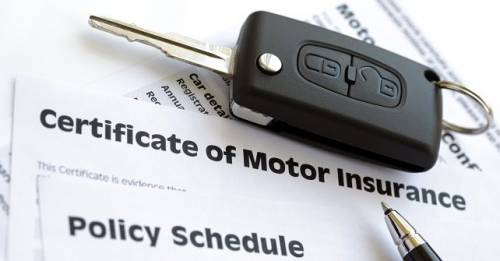
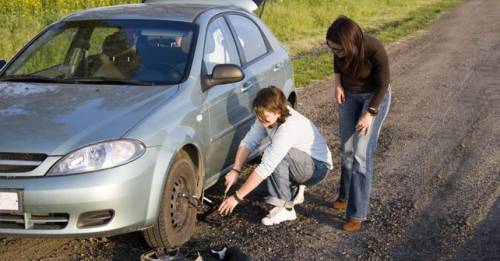
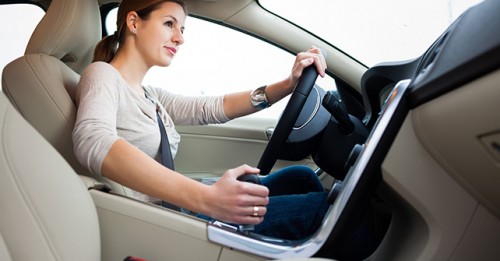

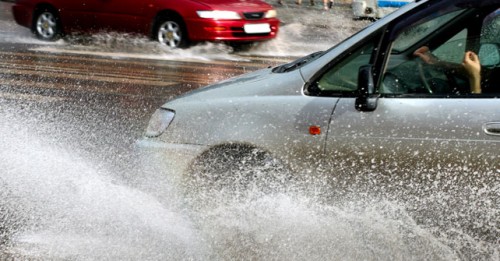














Write your Comment